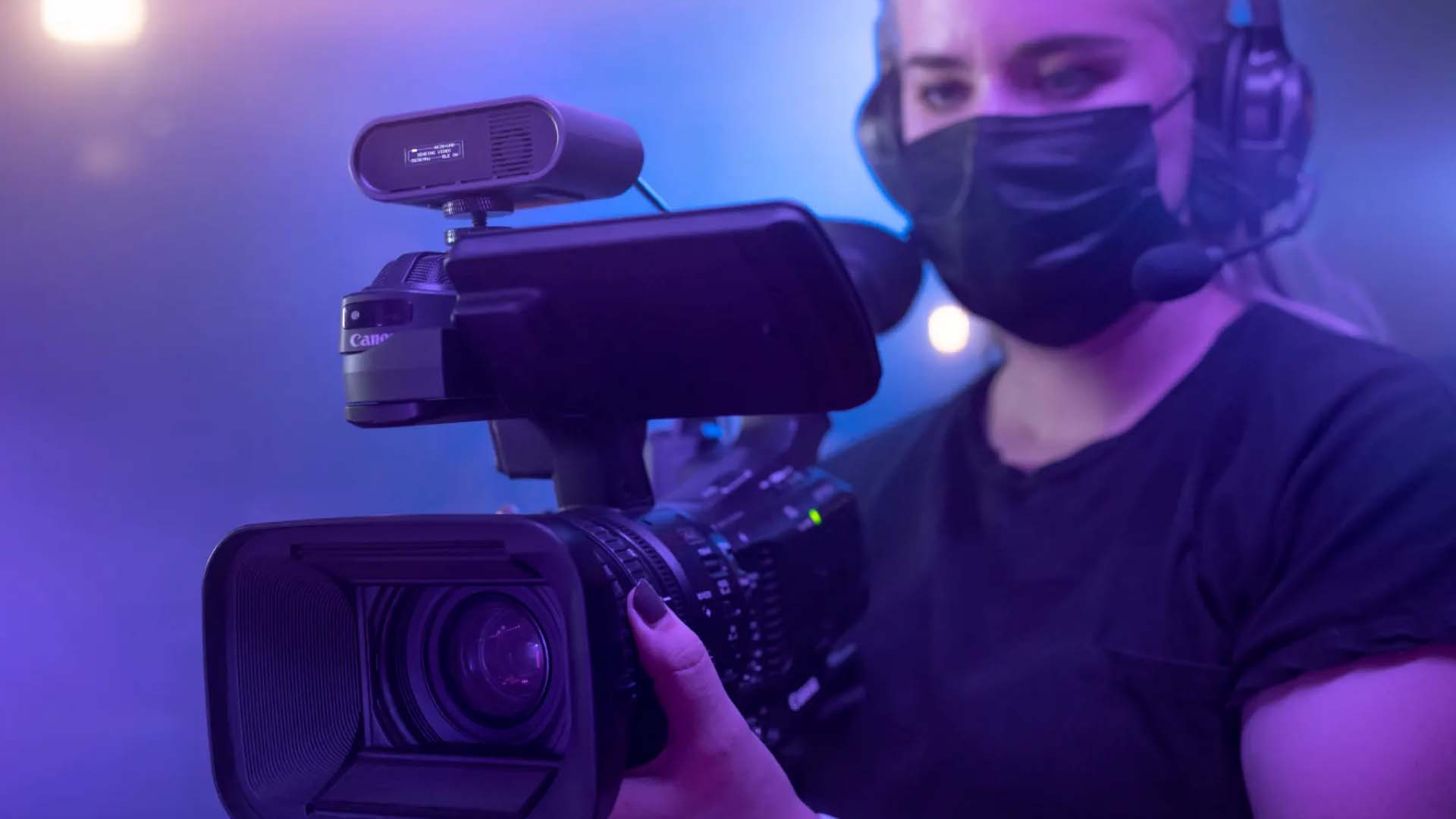
Streaming in different locations can be exciting and fun when done the right way. Capturing events in a variety of outdoor locations presents its unique set of challenges and requirements but also opportunities.
For example, broadcasting sports, events, rallies and other competitions can take place in different conditions from the sun, rain, or even snow. There is no choice when it comes to weather, but there is a choice in how you equip yourself to go where the action is.
Fast and Reliable Internet Connection
One of the most pressing issues when broadcasting outdoors is the internet. There are really no other key components when it comes to live streaming. When you are streaming indoors, you know where the internet router is or you can even benefit from a reliable ethernet connection that easily allows you to share your streams. When you are filming outdoors, your options are far more limited. Why? The maximum distance that you can run an Ethernet cable is around 300 feet. Also 5G LTE networks are fast enough to run a live stream, but this is only available in urban areas. Even with a common mobile hotspot, the main drawback is reliability. Can your mobile phone’s battery last continuously for hours of filming?
Cellular bonding is something that many television stations use for live streaming. It combines multiple networks 3G, 4G, or 5G, and WiFi into a single fast and reliable connection. If one connection drops out, there is always a backup solution for a continuous stream. In particular, this setup should provide broadcast-quality speeds even during major public events where getting a connection amongst other thousands of people can be a struggle.
Outdoor Live Streaming Equipment
In an outdoor setting, you’ll most likely use a mobile on-camera hardware encoder. These devices generally use an H.264 encoder to compress your video footage in real-time. Some cellular bonding devices can transit directly to your CDN with no need for another server. You can also configure these devices to transmit directly to your studio. At your studio location, you can mix that video content with other footage and insert it into an ongoing broadcast.
On-camera hardware encoders that include cellular bonding require external USB modems from cellular providers. You purchase this outdoor streaming equipment separately and then plug them into your encoder to provide reliable internet connectivity. In general, you want to purchase a USB modem from each major cellular provider in your area. This way you can avoid any dropouts during your stream.
With Teradek’s Spark 4K, you are able to show your content in 4K HDR with zero delay. This means, all you need to do is connect the 4K wireless transmitter to your video source, and the receiver will show your content in less than 1 millisecond. Spark 4K automatically finds a clear channel even in crowded areas.
"The Spark 4K is a fantastic device, giving you the ability to introduce a wireless camera to your existing workflow without the worry of sync issues thanks to its zero latency. With up to 500ft wireless transmission, it opens up a whole new world of creative possibilities and gives you the freedom to place cameras in places where wires would have been prohibited before. The setup of the Spark 4K couldn't be easier, you simply plug both devices into power, connect the HDMI input and output, and then turn it on. No messing around with setting channels or finding free frequencies, the Spark automatically takes care of that. As an added bonus, if you're on the move, both the power and received can be powered by a regular external battery bank via USB-C.
I've loved using the Spark 4K for my client work. Especially when adding them to a gimbal or Steadicam workflow, they can really help give your live streams that extra premium feel." - Alex Pettitt, Live Streaming Expert & Consultant
Do not forget the weather
Rain and other precipitation are also a major concern for live streaming outdoors. Make sure to use weather-resistant cabling when broadcasting outdoors. Also, wind can be painful when audio recording. Therefore, any outdoor audio recording should include always the windscreens on all microphones.
Another major logistical challenge to an outdoor recording is power, given that you may not have access to electrical outlets. The solution is to have many batteries. For continuous live streaming, you may need a battery system that allows “hot-swapping” which means, you can swap them during your stream. Spark 4K allows you to play with an internal battery life of over 1.5 hours which allows you to swap batteries for longer streams.
See how Alex Pettitt showcases a Spark 4K set up with a zero delay:
Tags: Production Streaming Live


Comments